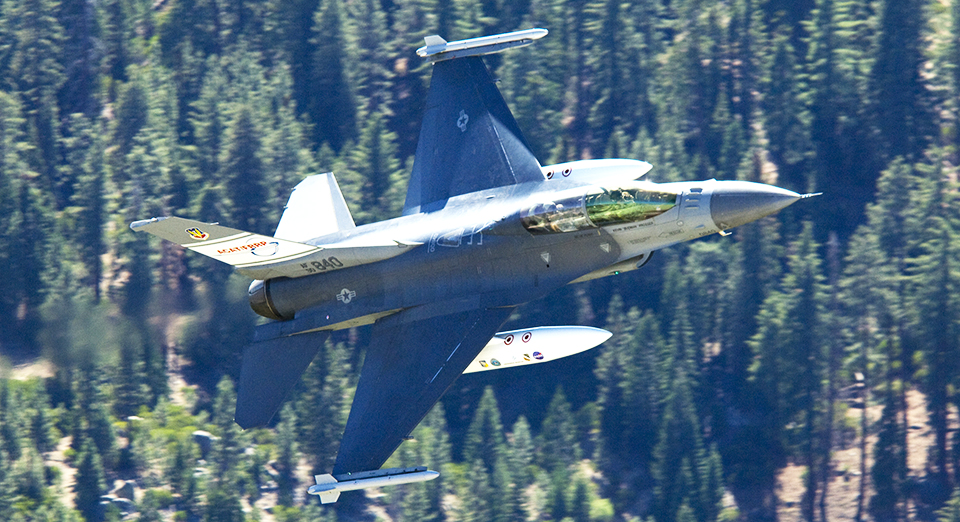NASA Brings Collision Avoidance System to General Aviation
Automatic maneuvering technology has already saved lives of F-16 pilots
By Matt Kamlet, NASA Armstrong Flight Research Center
July 24, 2018 - A technology designed to help prevent aircraft from hitting terrain developed by NASA, the U.S. Air Force Research Lab, and Lockheed Martin has proven to be groundbreaking.
Ever since the automatic ground collision avoidance system (Auto-GCAS) started integration into F-16 aircraft, the field of flight safety has benefited considerably. In fact, since the system began operational use more than five F-16 pilots have credited the system with lifesaving automated maneuvering.
Today, NASA is looking to expand that benefit to general aviation pilots.
Auto-GCAS is an aircraft software system that activates when it detects a collision course with the ground. This has proved handy for high-intensity F-16 maneuvers, which can pull 8g or greater, sometimes resulting in the pilot experiencing a g-induced loss of consciousness, or G-LOC. The system warns the pilot, and if collision with the ground is determined to be imminent, it locks the pilot controls and performs an automatic recovery maneuver, returning full control back to the pilot once the aircraft has cleared the terrain.
Mark Skoog, an aerospace engineer for NASA, oversaw much of the systems’ development and advancement for the F-16. Part of his efforts since then have focused on fine-tuning the system for general aviation pilots into a new structure he calls the improved ground collision avoidance system (IGCAS).
This new system, Skoog said, will focus on warning pilots about terrain they may not see or expect, such as in the dark or in dense fog situations. IGCAS is a system that would be programmed to cellphones or tablets, which would then provide warnings to pilots about potential terrain obstacles ahead.
Skoog, who is scheduled to discuss this technology in a forum today at 11:30 a.m. in the Vette Theater, has an interactive simulator for pilots and visitors to experience the system available at the NASA pavilion. NASA is located at Aviation Gateway Park.

